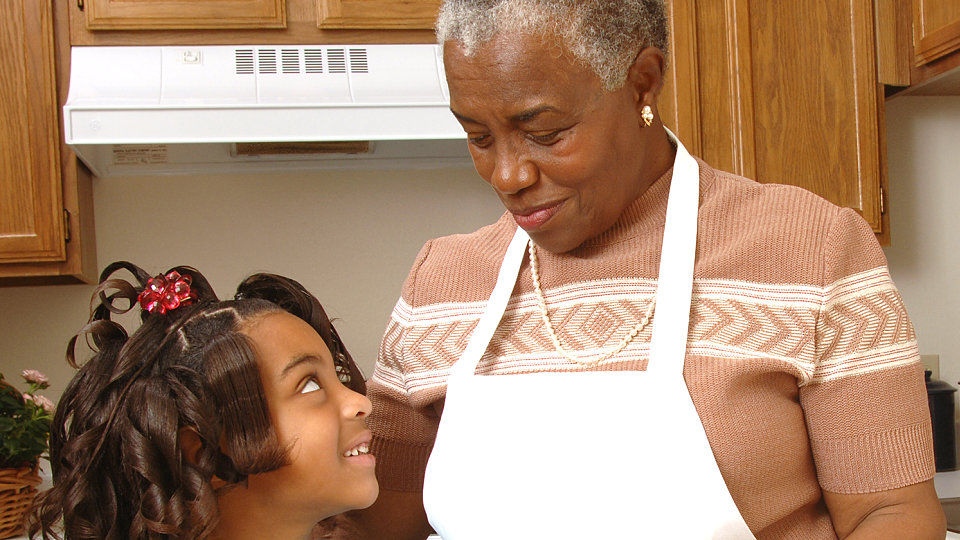Seniors just want to have fun
During the summer growing up, the kids in my neighborhood used to gather in our yard, a convenient corner lot, to play a hide-and-seek game. Whoever was “It” counted to 20, screamed “Bloody Murder,” and the heart-pounding hunt in the dark was on. If you were found, you helped locate others before they raced to the safety zone.
During the days, girls from three blocks around gathered to play Barbies under our shady maple tree, often leaving the elaborate houses we built for our dolls set up overnight so we could resume play the next day.
When it rained, we read or played cards — our parents taught us bridge so we could substitute in their games when necessary, but mostly we played Old Maid or Kings Around the Corner or penny-betting games of Michigan Rummy. We also had Clue, Mystery Date and endless rounds of Monopoly.
The games you play as a child help form who you become as an adult, not just because of how you use your mind and body. Childhood play shapes how you enjoy your leisure time and is part of your self-identity deep into adulthood. Earlier this month, I saw a wonderful exhibit, Toys From the 50s, 60s and 70s, at the Minnesota History Center. You can take a walk down memory lane by looking at the attached slideshow based on it.
Yet, as we age, as times change, what, how and how much time we spend at play changes, too.
The study of play
Julie Brown, assistant professor of gerontology at Ohio University, studies the importance of play across the lifespan. When she first started researching the relationship between play and quality of life in adults, she wasn’t sure if her interview subjects would consider fun important.
“But after one man who had retired from the military said, ‘If I’m not reading or playing my games any more, just put a bullet in my head,’ I saw that people still feel passionately about it,” she noted wryly.
She heard from a lot of women, especially, who felt that after years of juggling work and family, they’d earned time to relax and do as they pleased. “Once the kids are gone, they go back to the form of play preferences they established when they were younger,” Brown says.
Notably, Brown found that the adults she interviewed do not tend to think of play and games as a means to an end; they aren’t looking to build skills or boost their brain power. “They do it because they enjoy it,” Brown said. There’s often a social aspect to play, but not always — listening to music and reading remain popular leisure time pursuits.
Making digital games work for us
Part of what got Brown interested in studying how we play as we get older was her own fondness for video games. She wondered what games would be available for her as she gets older — she’s 37 — and what will be available for boomers. She thinks that gamemakers make wrong assumptions about what we want as we age. Turning 50 doesn’t mean suddenly developing an interest in the same leisure activities our parents enjoyed, Brown notes.
What you liked to do in your younger years tends to persist, but evolve, and it’s very individual. You may no longer be up for a real-time game of hide-and-seek, but perhaps you play something that gives the thrill without the same physical exertion online.
The digital realm adds a wrinkle. Boomers were the first generation to grow up with PacMan and Pong; now they play games on their phones and iPads. Brown would like to see advances in gaming technology to let people continue playing these games — but she heard many older gamers saying they couldn’t keep up with younger players. She thinks gamemakers should account for natural physical changes in aging — “for differences in visual acuity, dexterity and reaction times,” she says. “Fifty-five year-olds shouldn’t feel like they are so old they can’t play.”
Interestingly, communication tools created for those with disabilities may help gamemakers find the best adaptations for all of us. In the same Gerontological Society of America session where I first heard Brown present her research, others were looking at using games as a tool for keeping the elderly connected to friends and family.
“Games can keep us social — we have Words With Friends and Scrabble. If the gaming companies don’t modify their interfaces to accommodate eye, hand and other physical changes, they unwittingly could contribute to isolation,” Brown says.
As any of us who spent childhoods playing with neighborhood kids, siblings, cousins and classmates know, there’s nothing like time spent playing together to bring on laughter, good feeling and fun.
Copyright© 2014 Next Avenue, a division of Twin Cities Public Television, Inc.



